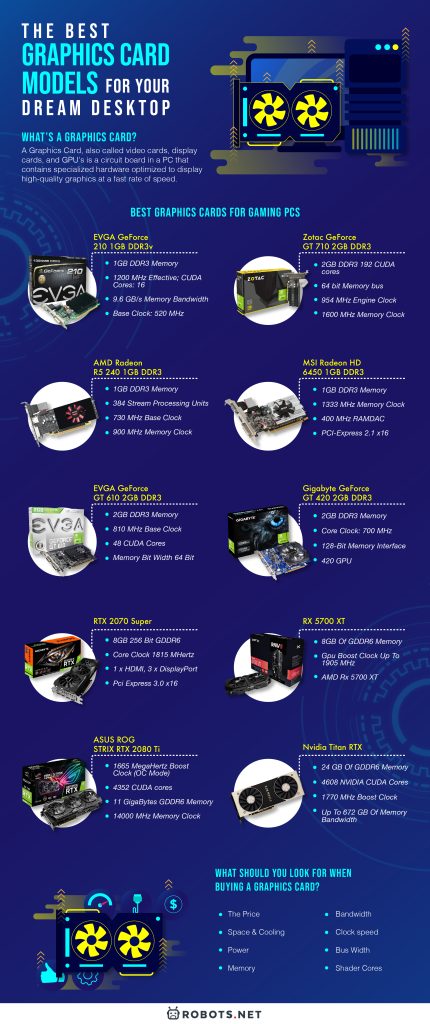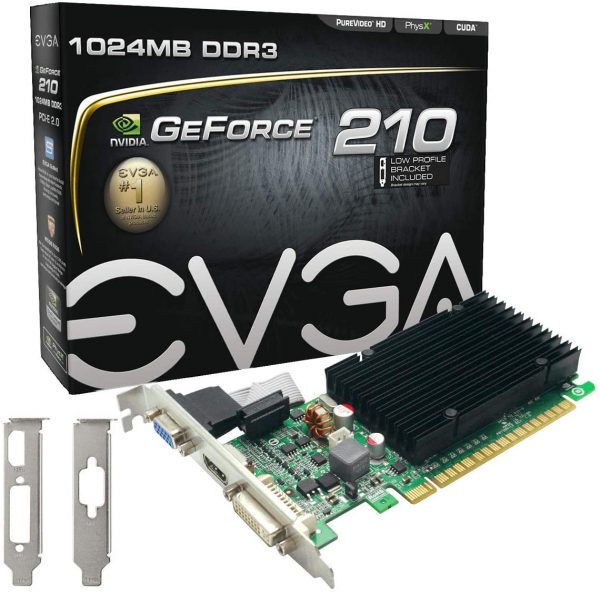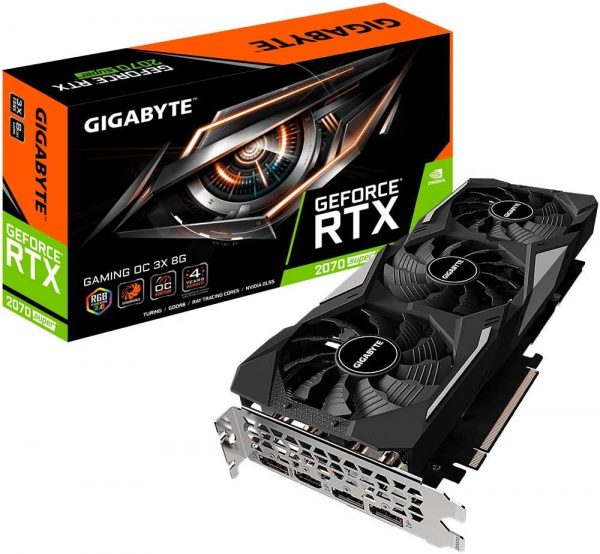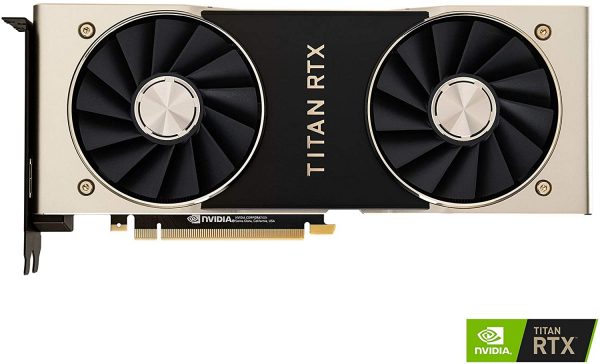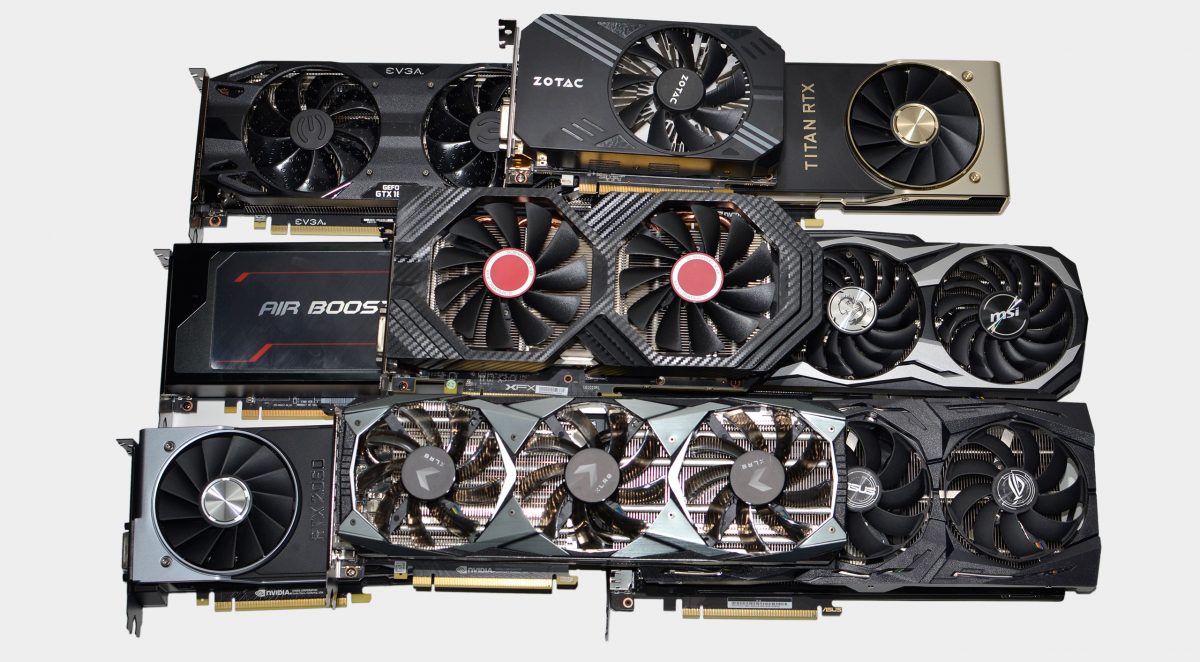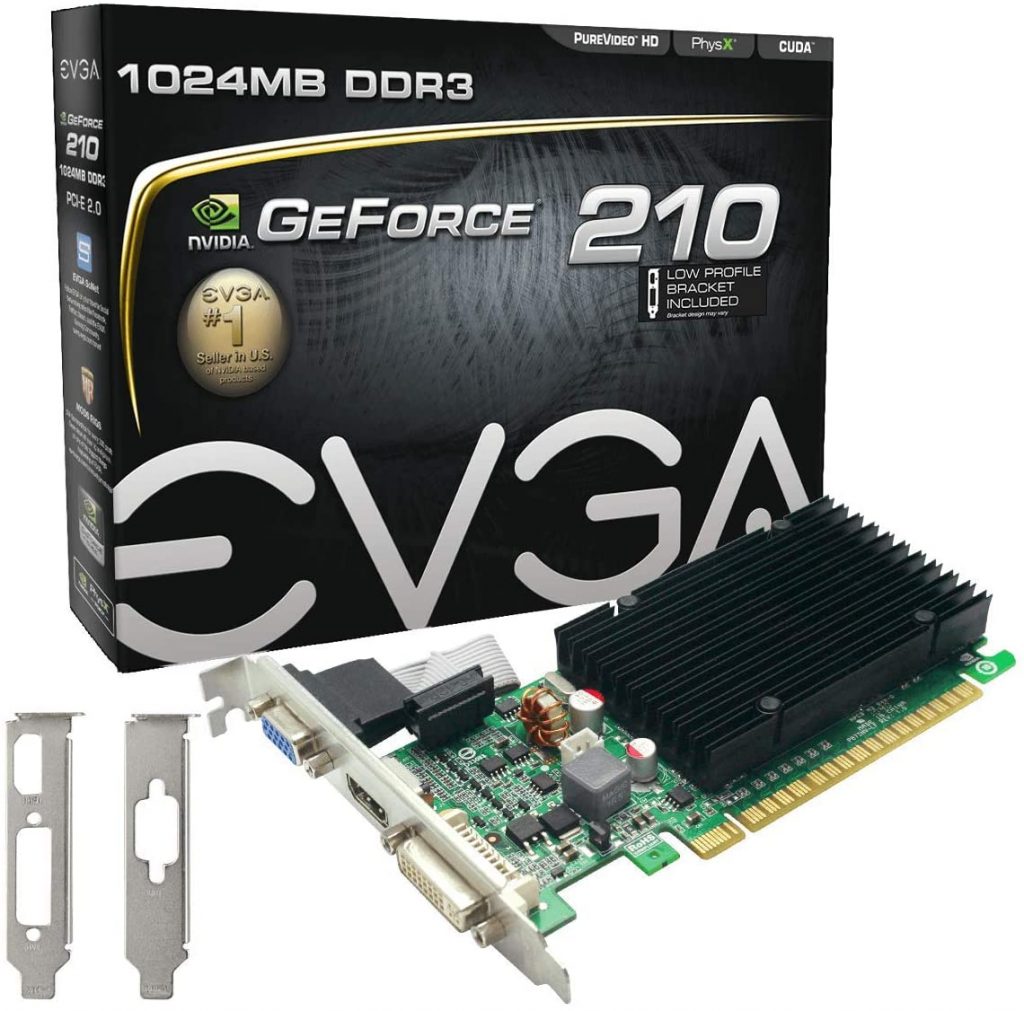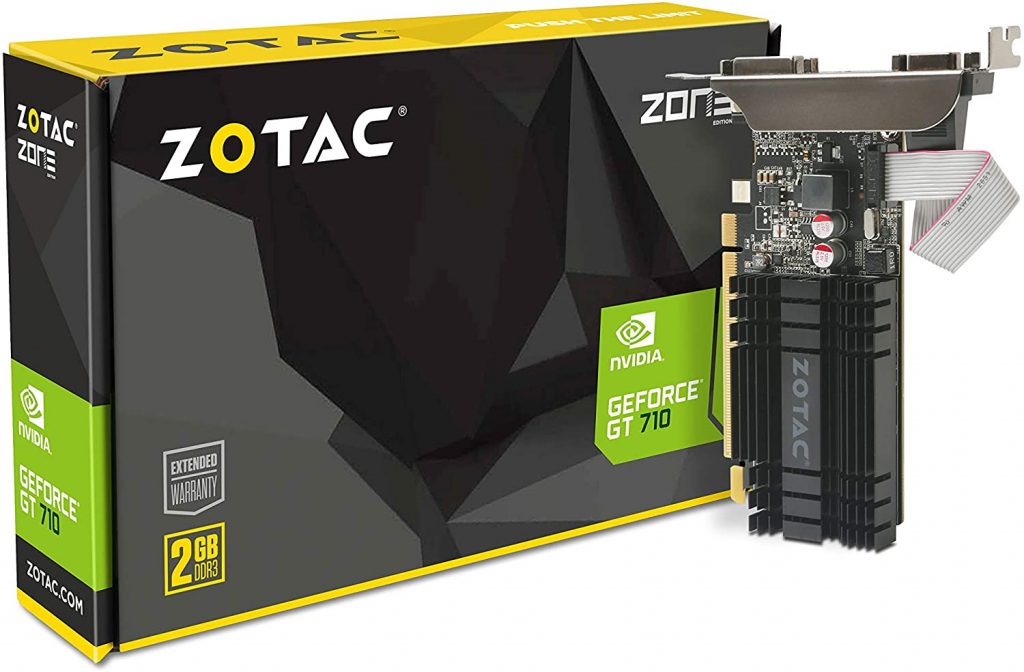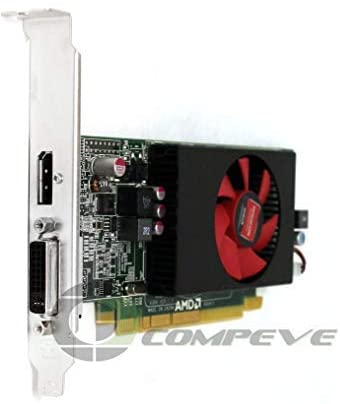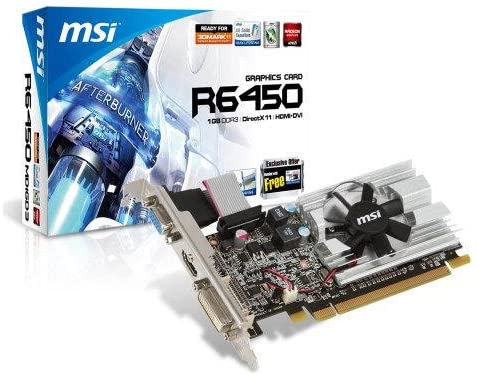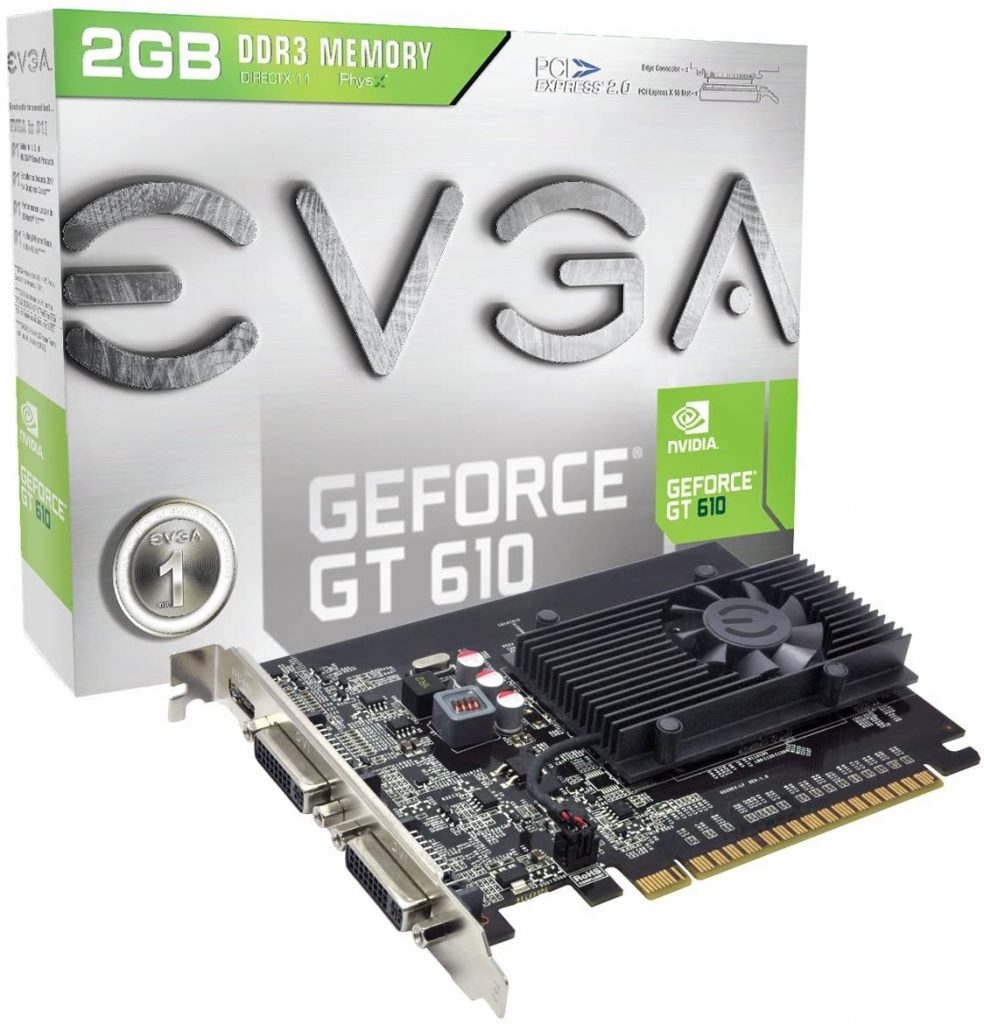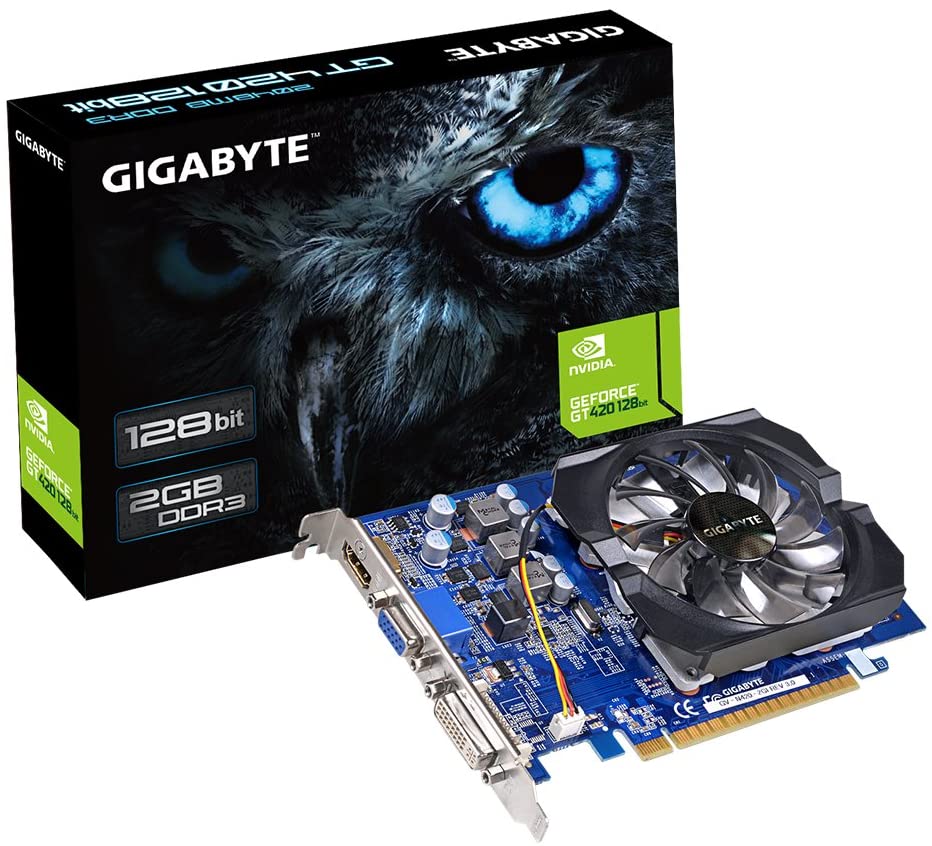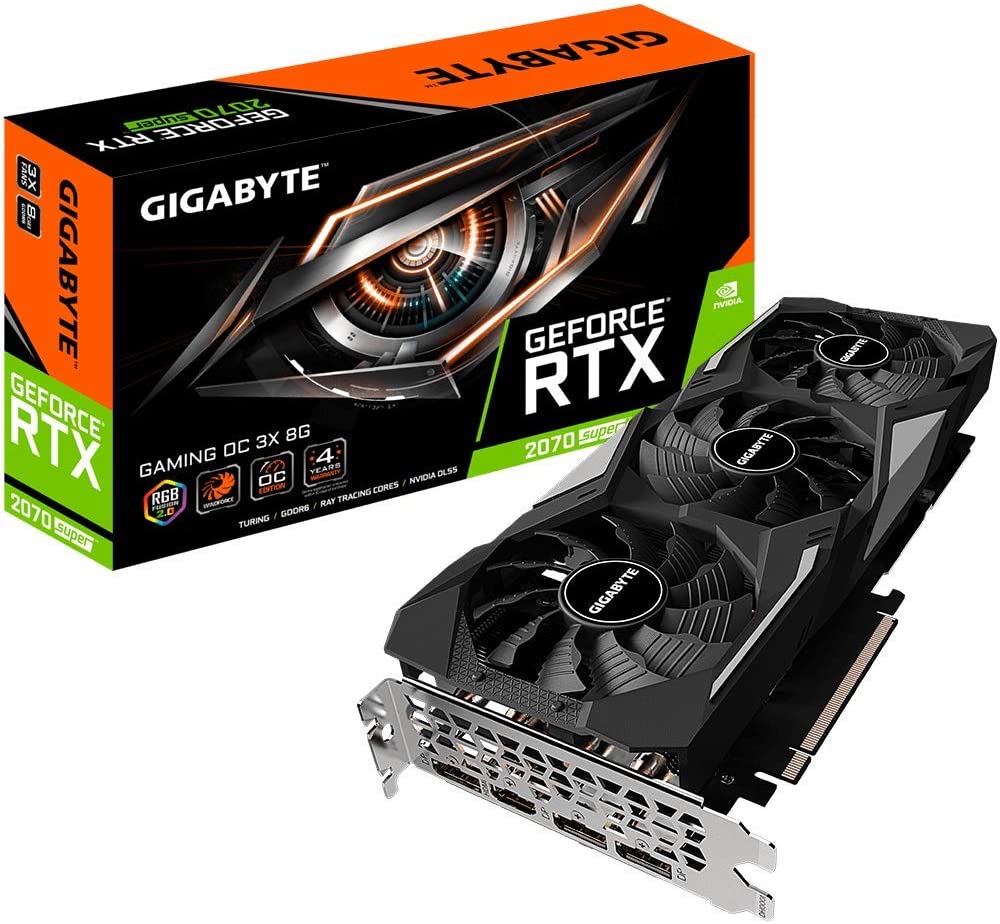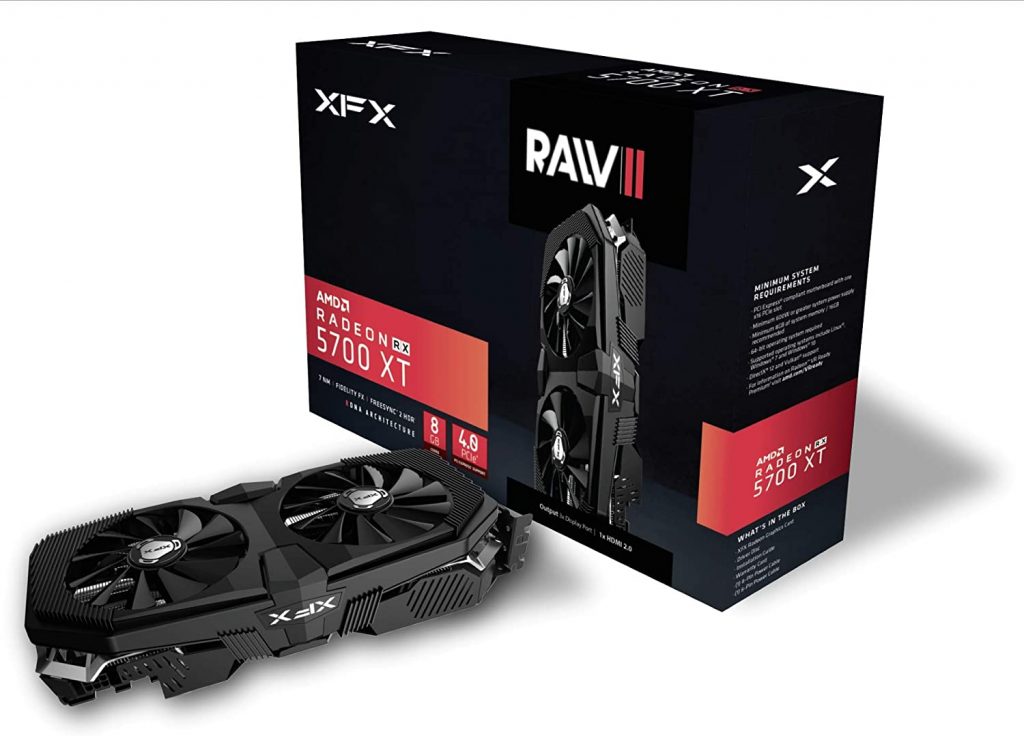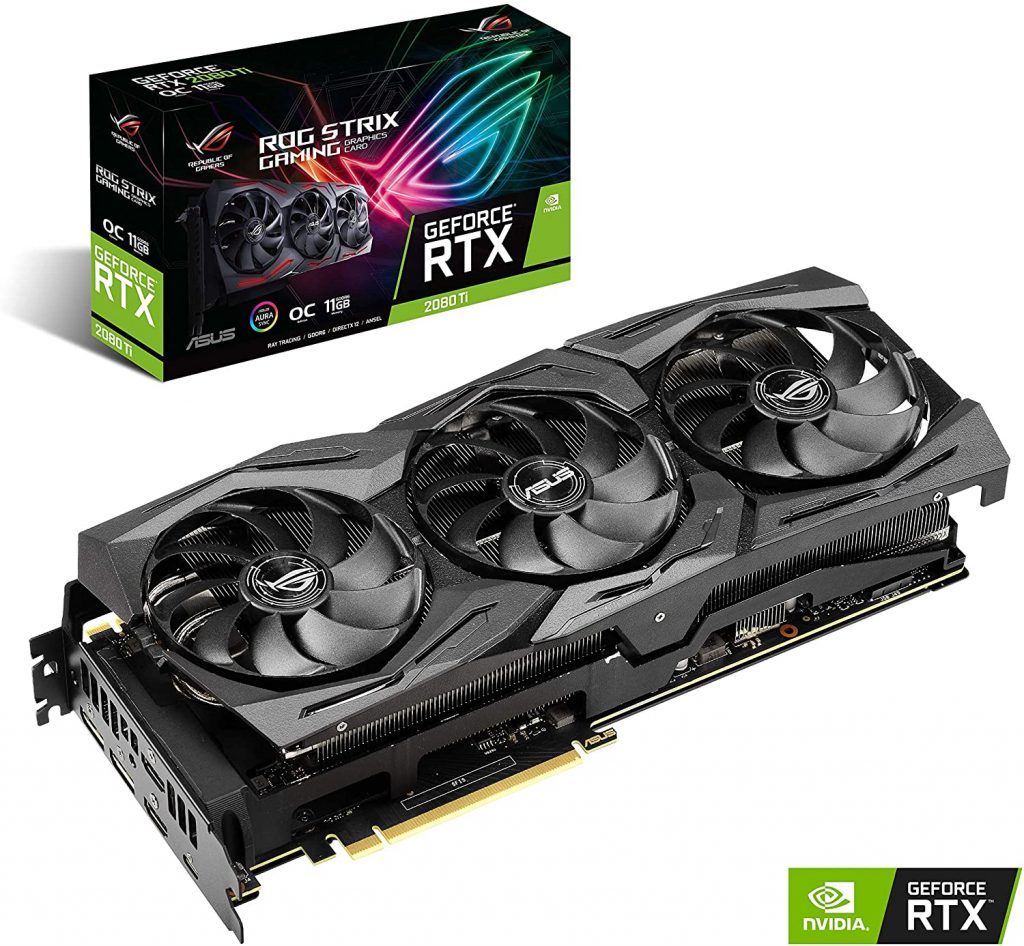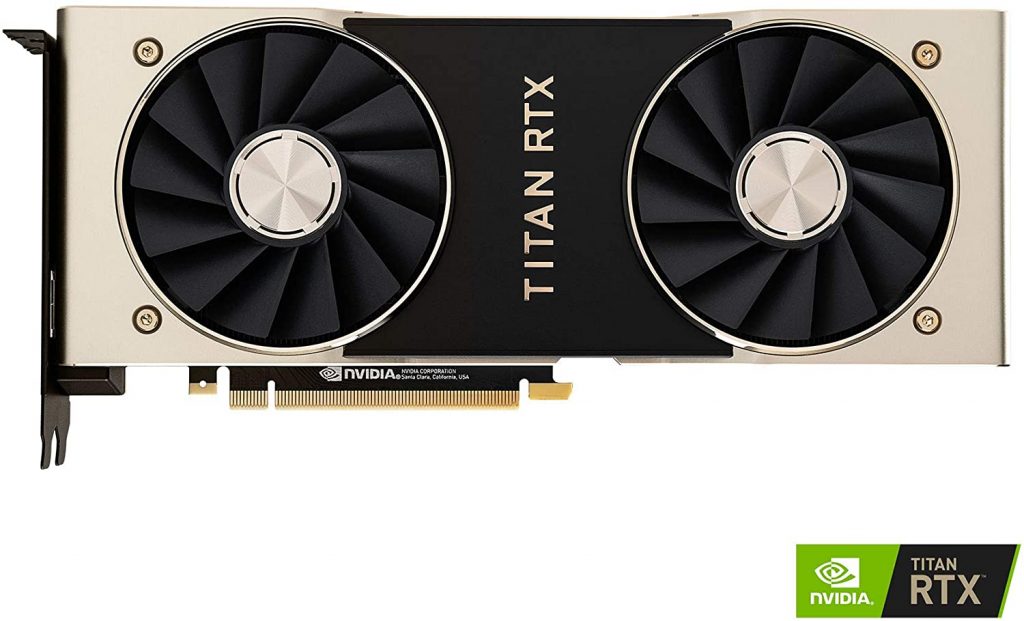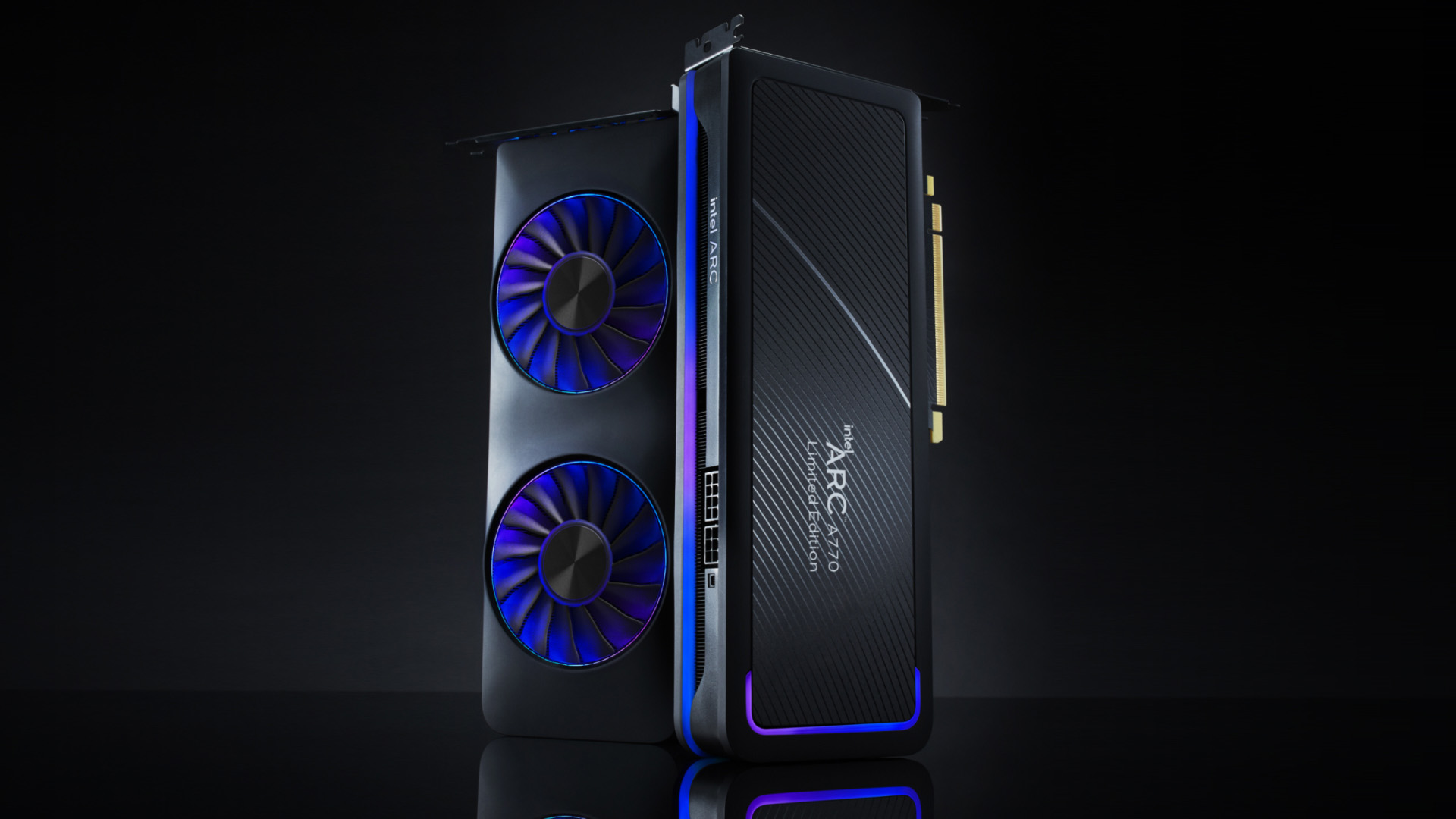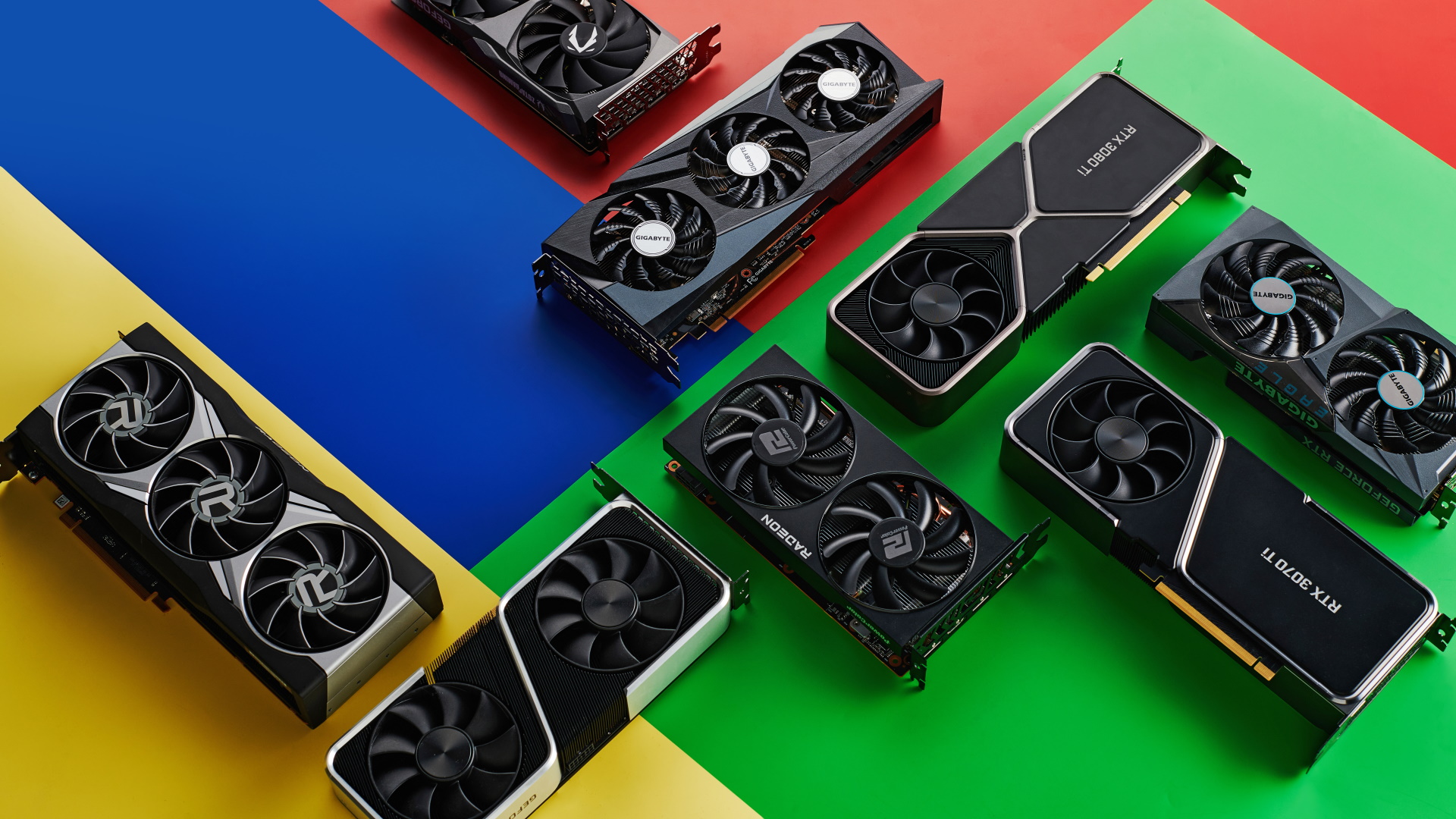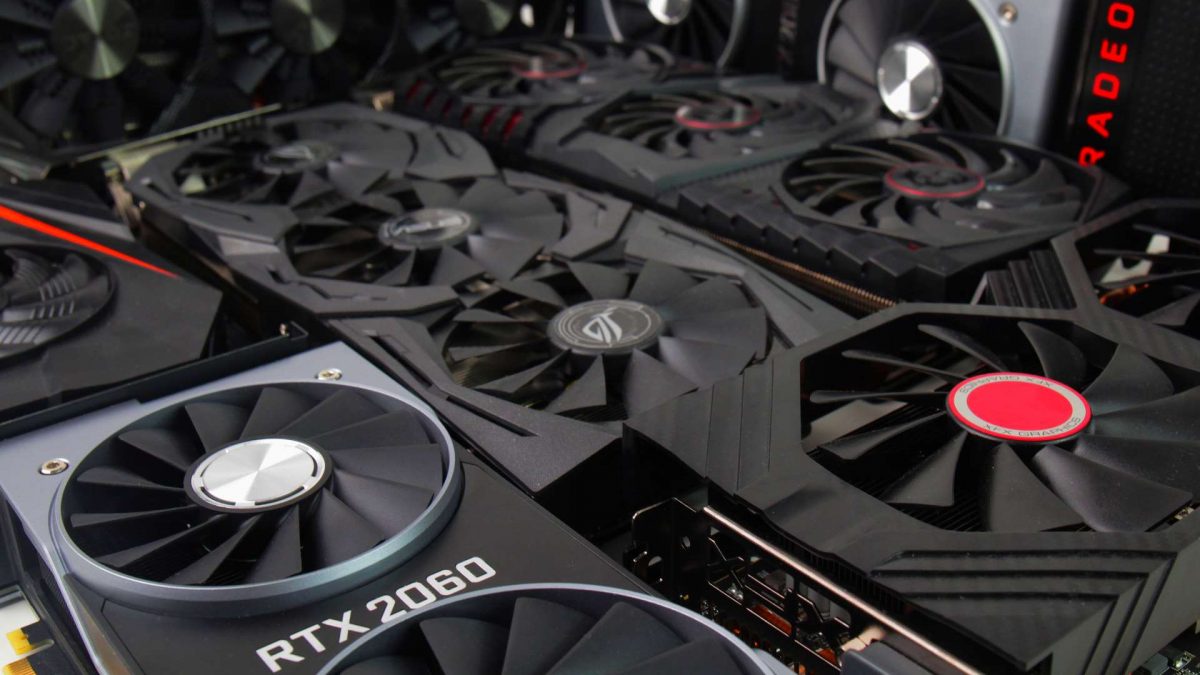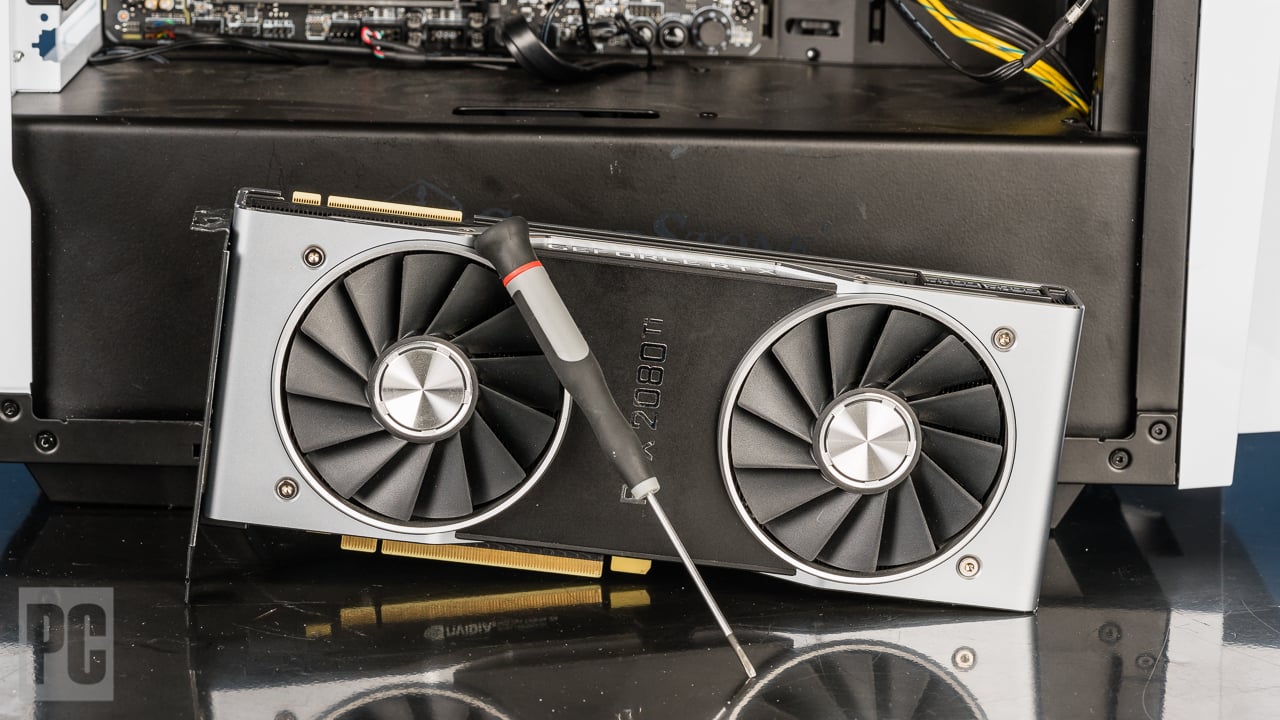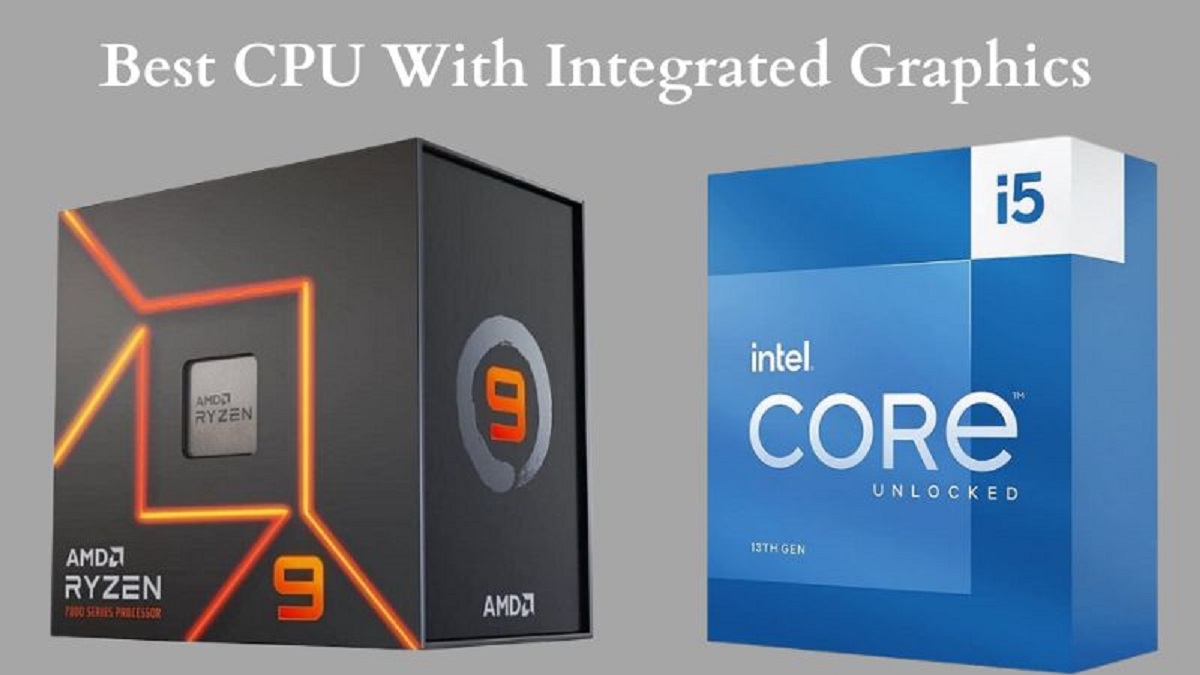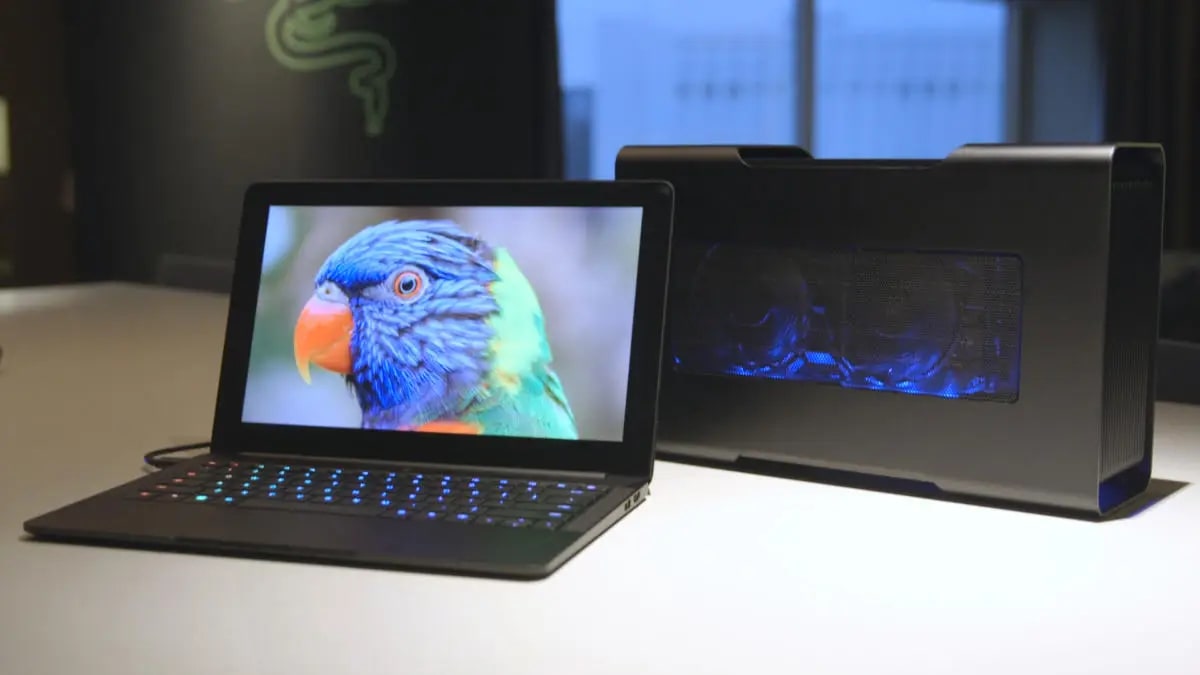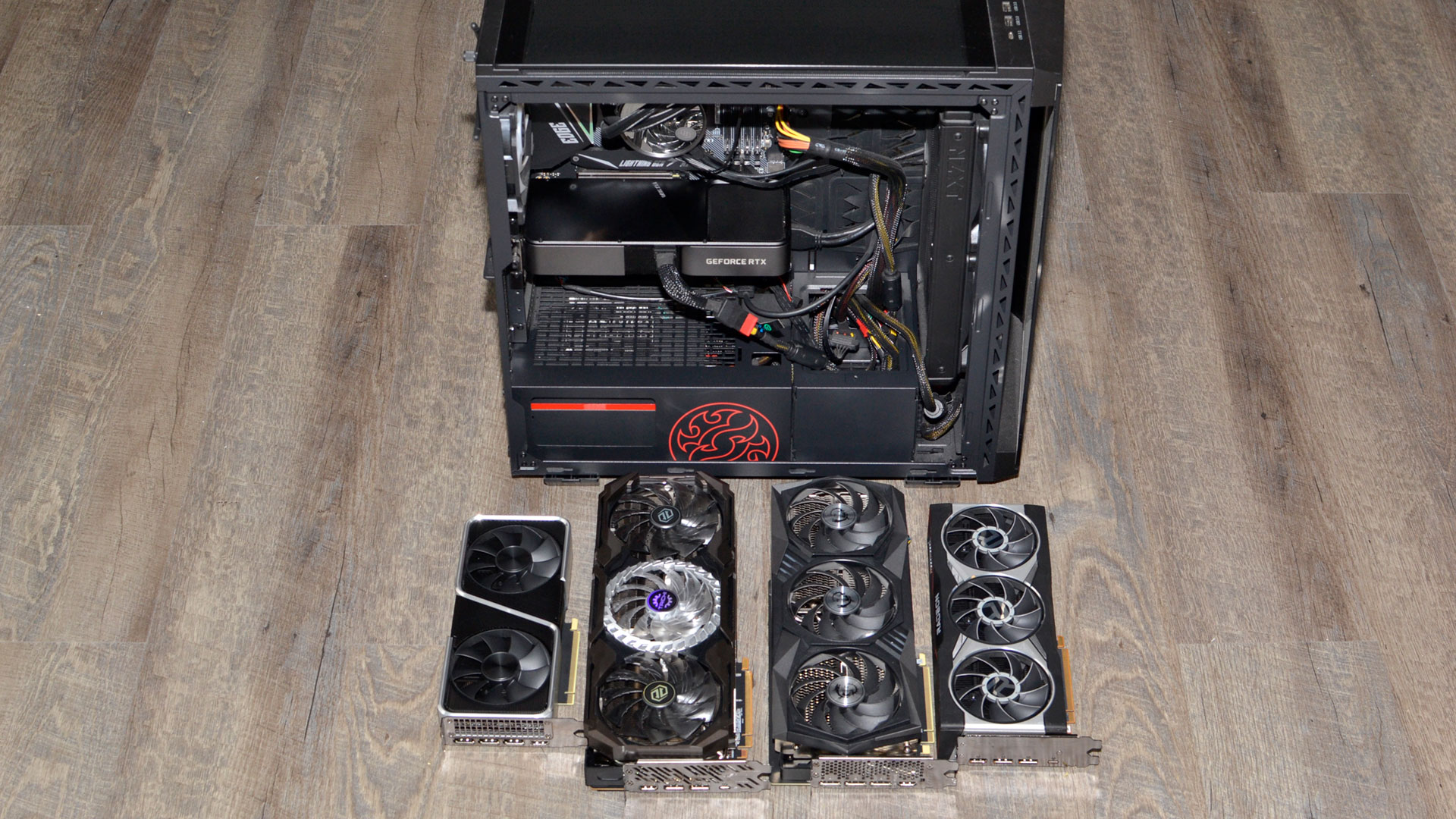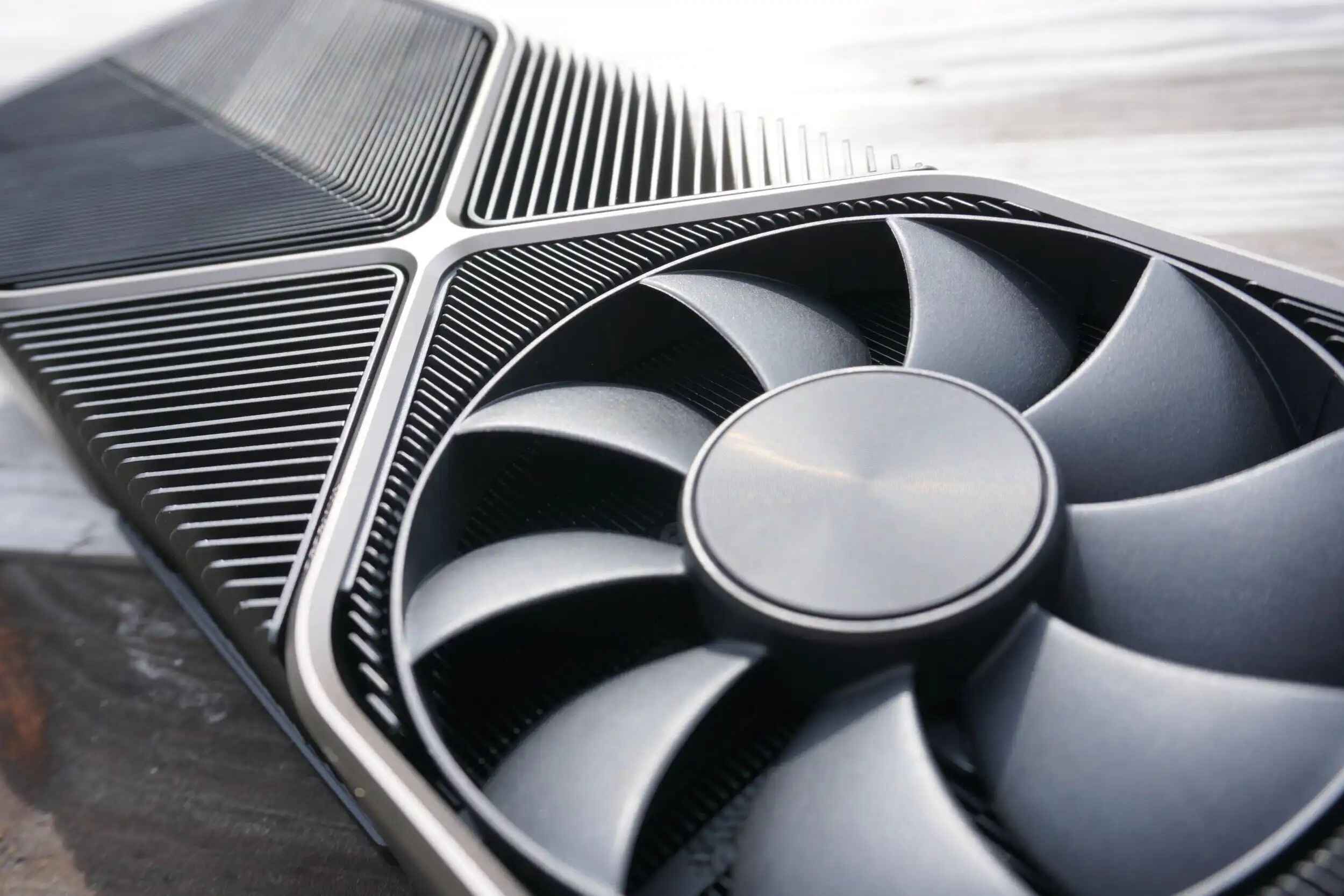People these days aren’t sure which part of the PC is most important. Is it the CPU? The RAM? The gigabytes and terabytes of storage you have on your PC? Well… Either of these answers can be correct in their own right. But what if you’re a gamer, or if you’re someone that uses graphics-intensive programs and applications? Well, there’s only one answer and that’s the graphics card of your Personal Computer. Want to know what are the best graphics card models in the market?
In this article, we’re going to discuss what a Graphics Card (sometimes called Video Card or GPU) is and why it’s a necessary component and hardware for not only a Gaming PC, but also on other kinds of PC’s as well.
What’s a Graphics Card and what does it do?
A graphics card, also called video cards, display cards, and GPU’s is a circuit board in a PC that contains specialized hardware optimized to display high-quality graphics at a fast rate of speed. Many modern PCs have them, and while they’re mostly associated with gamers wanting a smoother, streamlined, and graphically stunning presentation for their games, they’re also VERY useful on many professional applications and programs. An example of this is using Adobe Photoshop for editing photos or business videos.
If you’re interested in why a graphics card is an essential part of a PC, here’s our guide on how to build a gaming PC. We also have a buying guide for the best prebuilt gaming PC models if you want to save up on time.
Best Graphics Cards for Gaming PCs
Now, let’s talk about which Graphics Cards you’re gonna get. You usually need to consider the specs of your PC and your budget before buying a GPU. But here are some of the better ones that you can get in under $50, $100, and $200:
Best GPUs Under $50
The cheapest graphics card you can buy under a $50 budget. It’s a low profile GPU and not known for its capability to run games. It’s a good card if you wish to change your outdated onboard graphics on an old PC with a better version and wish for HDMI and DVI display ports. The low profile GPU is equipped with passive cooling and thankfully, consumes only a 1 slot. The absence of a fan makes the card utterly silent in its operation.
This card has 1GB DDR3 memory and is capable of basic photo editing, video editing, playing HD movies and running older games like Max Payne, Half-Life, Counter-Strike, etc. The card also supports the latest Windows 10 OS.
Check out the EVGA GeForce 210 on Amazon and get a budget graphics card that performs very well..
GeForce GT 710 is one of the best GPU you can currently get that’s under the $50 price range. Compared to the GeForce 210, it’s relatively more recent. The card comes equipped with 192 CUDA Cores. This is more than most GPU’s on the $50 budget. Also, this piece of hardware is a low profile GPU and also comes with not only fanless cooling, but also a passive cooling solution. Ensuring that the card is quiet when in use.
In addition to this, the card has the highest potential for gaming in this price range. You can play games like GTA 4, the Splinter Cell series, Fallout 3, Skyrim, etc. on decent enough settings and good frame rates. In addition to this, the card is also compatible with Windows 10 and consumes very little power. So a good steal all in all.
Check out the Zotac GeForce GT 710 today and upgrade your GPU without breaking your budget.
The AMD Radeon R5 240 is the most powerful GPU that’s priced under $50 right now. Coming with 384 Stream Processing Units and a 1GB DDR3 memory while having a 64-bit interface, this is a low profile single slot GPU and is equipped with active cooling comprises of both a heatsink and fan.
The card can be used to play older games like counter strike, and GTA 4, making a dual monitor setup, or for creating a cheap Home Theater PC. The card draws all of its power from the PCI-E x16 slot and doesn’t require external PCIe power connectors. You WILL need a full-sized bracket to use the card in many regular or standard cases as it comes with a low profile bracket that’s pre-installed from the manufacturer.
Check out the AMD Radeon R5 on Amazon and upgrade your stock GPU today.
Best GPUs Under $100
The Radeon HD 6450 is a great entry-level GPU from AMD under the $100 price range. The performance is comparable to that of the GT 610 from Nvidia. It’s a low profile card that comes equipped with active cooling solutions, great for older PCs and is capable of being used for setting up multiple monitors, video and photo editing, and lastly, light gaming.
It runs games like Counter-Strike, Skyrim, Far cry, Assassins Creed, Splinter Cell 2, etc. in a reasonably well manner and at playable frame rates. The one negative side to this is that it doesn’t support DirectX 12 compared to the GT 610.
Check out the MSI Radeon HD 6450 today and improve your PC’s performance with this graphic card.
Best GPU Under $200
This is currently one of the cheapest GPU’s that you can purchase under $200. Equipped with 48 CUDA cores alongside a 2GB DDR3 memory. This might be a low profile card but it comes with not only an active cooling solution but also a fan and heatsink. It’s a fairly powerful, and grants you the capability to play games like Fallout 3, Far Cry 2, GTA 4, Diablo II, Skyrim, Dishonored, etc. on low to medium settings and at 720p to HD resolutions.
This is a great GPU if you’re making a multimedia PC or wish to upgrade your onboard graphics to a better version. It supports Windows 7/8/10 and Linux reasonably well and comes with most of the popular display ports including VGA, HDMI, and DVI.
Check out the EVGA GeForce GT 610 on Amazon today and start playing your favorite games at a decent capacity.
The GeForce GT 420 is a powerful GPU for its time. It comes with 2GB DDR3 memory a. This is more than enough for normal tasks and is marginally better than older onboard graphics. It’s capable of light gaming, playing HD videos, as well as photo and video editing.
It’s a good GPU if you wish to upgrade the onboard graphics of your old PC. In addition to this, you can play older games with decent settings and framerates on this low budget graphics card.
Check out the Gigabyte GeForce GT 420 today and upgrade your PC’s power today.
Best High-End Graphics Card
The diminishing returns are always in full effect when you’re moving up to the GPU hierarchy. This means you’ll need to pay more for proportionately less amounts of performance for every step you take in the pyramid. What’s the best way to avoid this? Why drop back down a few notches of course! This is where you’ll see the RTX 2070 Super. While 4K gaming is probably a long shot unless you drop down the game’s graphics to medium, 1440p ultra is still doable.
In addition to this awesomeness, you get 8GB of GDDR6, DLSS, ray tracing and a GPU that beats the previous generation GTX 1080 Ti alongside all current AMD GPUs. All at the same price as the older and slightly slower RTX 2070. In addition to this? No Founders Edition tax this time.
From today’s latest shooter at the maxed-out settings, games with ray tracing like Deliver Us the Moon or Control, or enjoying yourself in VR with the upcoming Half-Life: Alyx Control or by Valve, the RTX 2070 Super is an awesome GPU that should be able to keep with your gaming needs for several years to come.
Check out the RTX 2070 Super on Amazon and give your gaming PC a major boost.
While the RX 5700 XT isn’t comparable in performance with the RTX 2070 Super, there are other benefits to be had. It’s nearly as fast as it. Which is a plus, and it tends to do better in games with DirectX 12 or Vulcan API. Though there are some concerns about the AMD drivers, but there are newer updates that answered the bigger problems of the hardware.
It’s also great for 1440p gaming and can do 4K if you wish. Do note that you’ll probably need to overclock it if you do go to 4K. But if you know the risk, you can do it in a jiffy. Other than that, it’s biggest flaw is that it doesn’t have support for Ray Tracing. Which might be a factor for many buyers.
Check out the RX 5700 XT on Amazon and play games on full HD.
Best Premium Graphics Card
If you’re planning on buying the undisputed champion of GPU’s today, if you’re wishing to max out all the graphics settings in your PC’s games play at 4K or 1440p with buttery-smooth framerates, then get the GeForce RTX 2080 Ti. Well, it’s great at 4K but complete overkill for 1080p gaming. Although enabling every single ray tracing effect in games supporting said feature would make it reasonable for 1080p games
The Turing architecture of Nvidia’s is the heart of the RTX 2080 Ti. Allowing it to boost performance even with ray tracing or DLSS disabled. Combined with Concurrent floating-point and integer execution, this means even with only moderately high theoretical performance when compared to the past generation’s Pascal (GTX 10-series) GPUs like the GTX 1080 Ti, in practical terms the 2080 Ti is faster at better resolutions and settings.
Check out the RTX 2080 Ti today and play all your games at maximum capacity.
Are you STILL not satisfied with the 2080 Ti? Well, your good friend Nvidia has a solution for you. When the Titan RTX launched, it was unceremonious and near-silent. But the Titan RTX wasn’t made to just coast around. It’s a heavy-duty, hardcore GPU that WILL kick ass and take names.
The Titan RTX is without a doubt, faster than the GeForce in all benchmarks. You can easily play all games that are currently in the market in their highest possible graphics too. With 4 extra multiprocessors, you can expect buttery smooth frame rates from even the most graphics-intensive AAA games currently out in the market. All in all? The Titan RTX is a great steal. Not only for gamers but also for other users as well. That is… If you can afford the price tag.
Check out the Nvidia Titan RTX today and maximize your PC’s capabilities.
What Tasks Does a Graphics Card Handle?
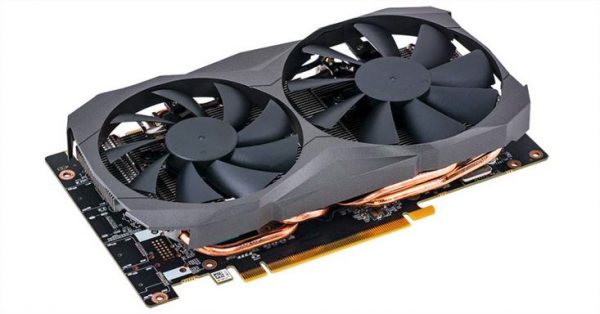

Graphics cards are there to allow PC’s to produce images and graphics more quickly. A graphics card contains its processor, known as the GPU or graphical processing unit. It connects to the motherboard and the monitor, and allows the card to get information from the CPU (central processing unit) and send these as images to the monitor.
Graphics cards have many different types of connectors for use of connecting to a PC’s motherboard. A PCIE (Peripheral Component Interconnect Express) connector is usually on most modern age PC graphics cards. AGP (Accelerated Graphics Port) connectors remain a bit popular, but the latest PC don’t use it that much anymore.
Many graphics cards don’t use simple PCI (Peripheral Component Interconnect) connections, as PCIE gives a faster communication speed. These days, a graphics card or video card often has its cooling system, mostly because of the exorbitant amount of power it uses. Which leads to heat being the byproduct. Other than this, some graphics cards also include additional plugs for game controllers, FireWire or other types of specialized outputs.
What should you look for when buying a graphics card?
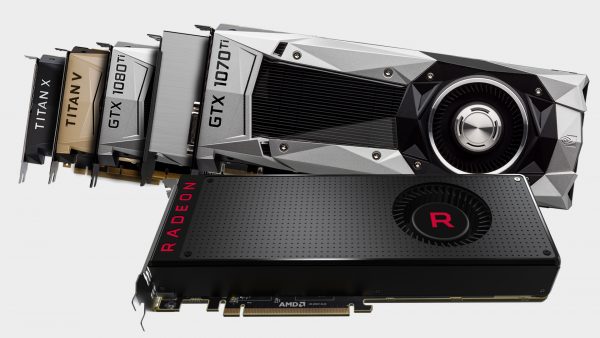

Today, many CPU’s (central processing units) have a graphics card (GPU) integrated into their systems. These GPU’s are great for showing text, 2D graphics, and windows but aren’t good for gaming or other visually straining operations.
It is exactly this reason, that if you’re a gaming, graphic design, or videography enthusiast, you’re gonna have to get a dedicated GPU for these types of PC related activities. Since GPUs are one of if not THE most expensive component a computer would get, you’ll need to do some extra steps to make certain that your purchase is the right one. Due to this, there are eight things you need to consider before choosing the graphics card you wish to purchase. These are:
- The Price
- Space & Cooling
- Power
- Memory
- Bandwidth
- Clock speed
- Bus Width
- Shader Cores
All graphics cards are made by AMD or Nvidia and none other. Of course, there are subtle differences between both rivals, but it isn’t something to worry about discussing and it’s better to focus on the other important aspects to consider when you’re buying a GPU from either of these brands.
Price
There’s no sense in putting expensive parts on a cheap car. This applies in this case as well, it’s illogical to insert an expensive GPU to a cheap PC with a budget processor. The GPU might be strong, but the Processor can’t keep up with the speed. Which will STILL cause lag. So you might want to cater to which GPU to buy and take note of the price as well.
Space and Cooling
GPU’s produce a lot of heat. the heat output is shown in the TDP value; this plays a big role in choosing a GPU for your PC. If the TDP value is high, your PC will need more fans to distribute the heat emitted properly. Because fans need more space and power, the TDP value shown is sure to make a difference.
Smaller PC towers need GPU’s with small TDP values, while bigger PC towers give more flexibility as there’s more space to insert various parts. This includes fans.
Power
Other than considering the TDP value for the reasons above, you’ll need also to think about if your power supply has enough 8-pin or 6-pin connectors for your chosen graphics card. You can ensure this happens through buying a good power supply of at LEAST 80 Plus Bronze. Don’t go for anything below 80. That way leads to broken PC’s at least and your house burning down at worst.
Memory
Many graphics cards can come with between 2 and 12 GB of VRAM. But, there’s much debate about how much VRAM you’ll need for the best performance your PC can get. Some forums say the amount of VRAM doesn’t matter, while others note it as an important consideration in buying your graphics card.
Since your Video Card holds the video card memory necessary for anti-aliasing operations (AKA the ability to remove jagged edges on objects in your games), textures, and other necessary elements needed to make the images in your games pop and come alive, we can say that it’s a necessary component. Video memory has an important role in a PC’s image quality due to its ability to play games at higher and better resolutions.
GPU Bandwidth
While the relevance of GPU memory is still up for debate for some people, if we’re talking about bandwidth? Well, it’s immediately relevant to everyone involved. Bandwidth is how much memory your GPU is allowed to access at any time.
When your GPU has more bandwidth, data is given to the shader cores at a better rate. This results in games and video graphics running with great clarity.
If you wish to bandwidth and how it affects your games, you have to first understand how the concept works. You can know how much Bandwidth you have when you combine your GPU’s clock speed and bus.
Graphics Card Clock Speed
Clock speed is usually measured in Mhz and affects input lag, frame rate, and latency. As the standard, GPU’s can read 64 bits of information at a given time. To take things up a notch, however, a lot of GPUs can read more than one chip at any given time.
Graphics Card bus Width
An example of this would be, if your GPU can read 4 64 bit chips at any time, it is currently reading 256 bits rather than just 64. Making the bus width 64 x 4.
Shader Cores
Bandwidth is heavily influenced by shader cores. (Nvidia and AMD have different associated terms when it comes to shader cores. Nvidia calls them CUDA cores. Meanwhile, AMD refers to them as stream processors).
Shader cores allow GPUs to bring graphics to life by adding different variations of light and dark to the program’s 3D objects. When your graphics card contains more shader cores, it gives out faster, and better image rendering. But, there are times when GPU’s that have less shader cores would perform better on certain games.
These are things you’ll have to consider before you purchase your PC’s graphics card. In addition to this, it’s always a good idea to take a look at online reviews and forums related to the topic as well.
What are the pros and cons of getting a graphics card?
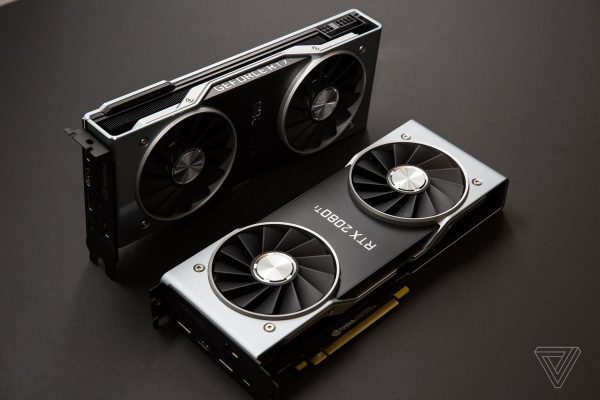

Overall, if you’re a gamer or even someone who needs decent VRAM for work, a Graphics Card is a very important part of your PC. Although, if you don’t want to spend more money on a dedicated graphics card you CAN make do with the onboard graphics on the processor/motherboard. These days, the onboard graphics on them are pretty powerful. However, if you want to have good to great quality graphics and frame speed, you might want to get even an entry-level graphics card. You’ll see marked improvements even then.
Besides, Graphics Cards aren’t all about gaming. They can be used on other programs as well. ESPECIALLY software like Adobe Photoshop, and others. These types of graphics cards, however, are called Workstation Graphics Cards and although they CAN be used for gaming, their main function is for work-related purposes.
All in all, here are the top advantages of getting even an entry-level graphics card for your PC:
Overall System Performance Increase
One of the biggest benefits of getting a graphics card is that it gives a great increase in your PC’s performance. Depending on how strong your graphics card is, it’ll take a sizable load off from its CPU. This is because your dedicated graphics card will do all the processing of graphics-related tasks. It also frees up the RAM from the graphics data because the dedicated graphics card comes with its video memory that is much faster than the computer memory or normal RAM. In addition to this, a dedicated GPU WILL perform graphics-related tasks at a better rate in comparison to onboard graphics.
Graphics Performance Increase
A dedicated GPU will come with increased features and will offer better performance in many graphics programs and software. It runs your graphics-based software (Adobe Illustrator etc.), photo-editing software (example: Photoshop), AND video-editing software with better accuracy while also getting better performance. You’ll get the capability to watch HD movies (1080p), and Blu-ray movies in better quality with a dedicated GPU as well. If you’re going to build an HTPC (Home Theatre PC) then you’re gonna have to get a GPU to have the great home theater experience. For an HTPC (Or a Gaming PC, usually) it is advisable to get a passively cooled graphics card due to its silent operation. Ensuring that the noise won’t ruin your movie-watching.
Better Gaming Experience
If you’re using integrated/onboard graphics, you’re not gonna get the power to play the latest games in the market. Besides, even IF you’re able to start them, you won’t get playable frame rates and will usually need to play in the lowest possible graphics settings. Getting a graphics card in the mid or even entry segment can allow you to play the latest games on mid to high settings on playable frame rates. All without lag. If you’re someone who would desire to play every game on your PC with good frame rates, then a dedicated graphics card is gonna be needed.
Running Multiple Monitors
If you wish to run two or more monitors on your PC then you’ll need a GPU. You don’t even have to get an expensive one either. Even for a multi-monitor set up as even budget graphics cards are more than capable enough for this.
Better Driver Support
If you have a dedicated graphics card, you can get better driver support and compatibility compared to your PC’s integrated graphics. This usually comes in handy if you’re moving to a different or better OS or if you wish to run specific graphics programs or software on your PC.
More Features
A dedicated GPU usually comes with way more in terms of features and specs that are normally not found in your PC’s onboard graphics. Some advanced features can be handy for all sorts of graphics-related tasks. These features tend to vary from card to card due to budget GPUs coming with fewer features in comparison to mid to high-end GPUs that contain many advanced features with them. This includes or VR capability. Which is a story for another time?
How do you take care of your Graphics Card?
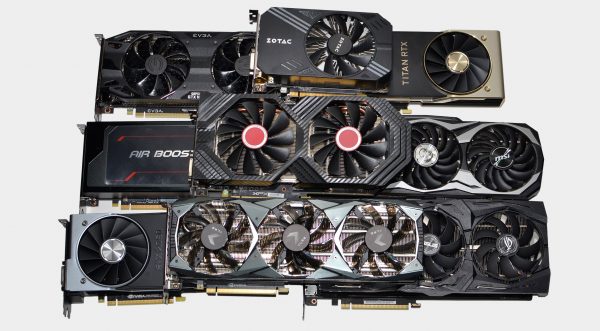

Many PC users consider the GPU as the heart of any PC.
After all, it’s the main reason why any PC with it can make high-quality images and ensure you got decent framerates (Anything below 60 fps is a deathtrap. Especially on multiplayer). Due to this, it’s necessary to take action and be responsible to prolong the lifespan of the GPU.
Well, there’s one thing you have to take account every time: It’s to ensure that the temperature inside your PC is at a reasonable level. Too much heat can cause damage to many areas of your PC. Including your GPU. If you don’t ensure that your PC isn’t properly ventilated.
You can expect the effective lifespan of your entire PC to go bye-bye. Many manufacturers design cooling systems for their own GPU’s but it’s usually better to err at the side of caution and add other ways to cool down your PC. Like separate fans or a water-cooled radiator.
A general rule of thumb in this discussion is to NEVER let your PC’s temperature go over 80 degrees Celsius (That’s 176 degrees in Fahrenheit reading). Do note that this is at the minimum, and that there are other GPU’s that can go to 90 Degrees Celsius safely.
